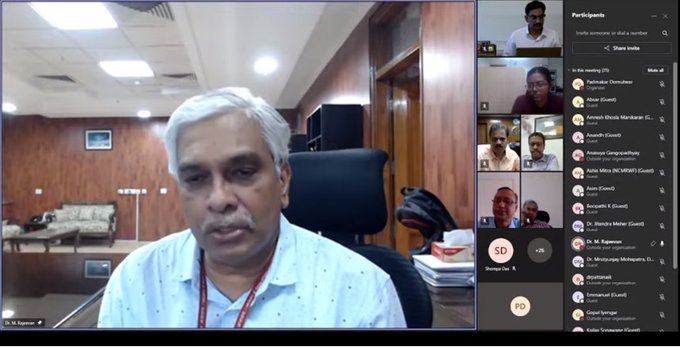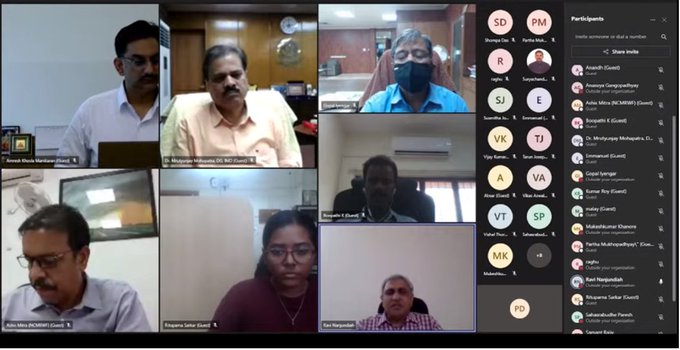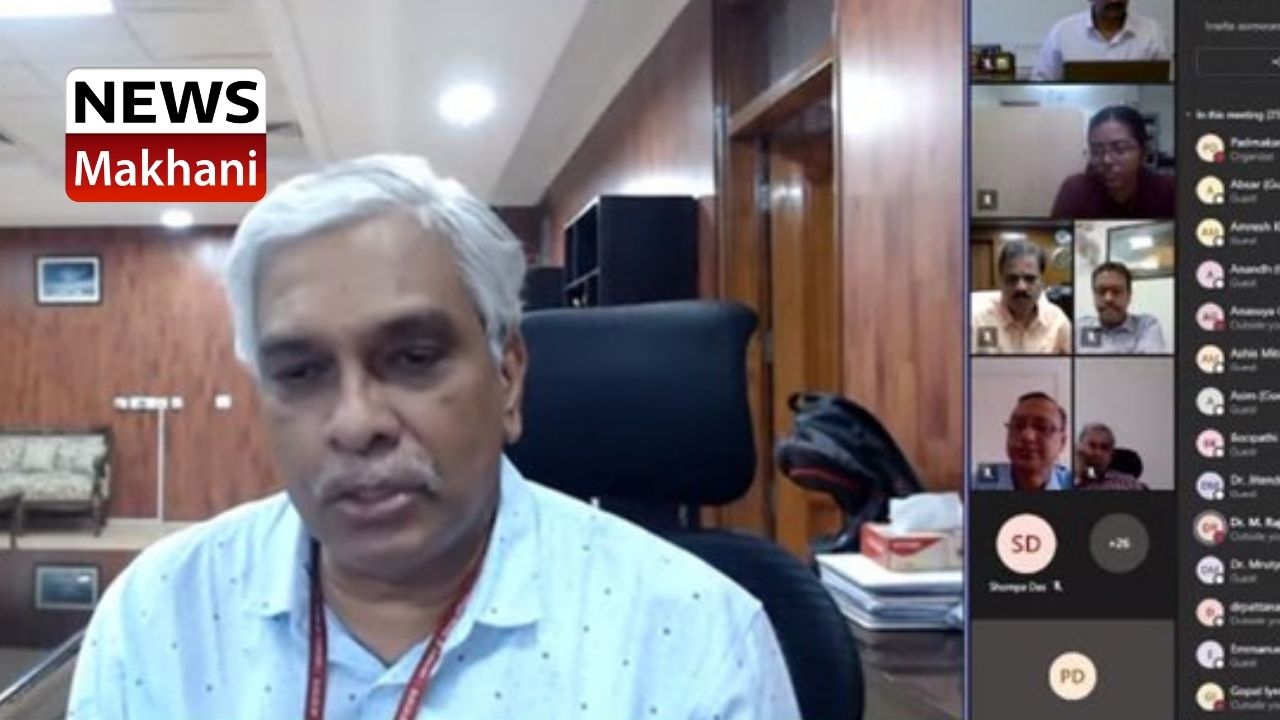Government will further strengthen meteorological forecasting activities related to energy sector in next five years: Secretary, Earth Sciences
Wind energy sector needs very highly localized and location specific high frequency forecast in every 15-20 mins: Secretary, Earth Sciences
The Ministry of Earth Sciences (MoES), in its 2021-26 plan period, will further strengthen forecasting activities related to energy sector, stated Dr. M. Rajeevan, Secretary- MoES in a workshop on “Meteorological Forecast for Wind and Solar Energy Generation: Current Status And Future Perspectives” held in virtual mode today. Stating that the Government of India is exploring all possible options of going for New and Renewable Energy and cut down on fossil fuel emission, Dr. Rajeevan noted that MoES has a social responsibility to help the industries which are working on wind and energy sector in the country, by way of providing accurate weather forecasts on which these sectors are highly dependent.
The MoES institutes like the Indian Institute of Tropical Meteorology (IITM), Pune, Indian Meteorological Department (IMD) and the National Centre for Medium Range Weather Forecasting (NCMRWF) have been issuing meteorological forecasts for wind and solar energy forecast to the stakeholders. The forecasts have been found to be much skillful on a daily scale. However, due to increasing demand and aspirations by the stakeholders, a need has been felt to revisit the approaches currently being used in wind and solar energy forecasts. Apart from day (24 hour lead) ahead forecast at 15 minutes interval, there are often queries from the stakeholders about forecast of wind, cloud covers and shortwave incoming radiation etc. with a few weeks lead time and even sometimes with a few months lead time. The workshop organized by IITM, Pune, today, intended to address such emerging demand based on feedback from stakeholders and industry members from the wind and solar energy sector.

Setting the tone for the discussions in his inaugural address, MoES Secretary also said that renewable energy sector is very crucial and the Earth Sciences Ministry should really get involved very deeply and make commitments to provide weather forecasts to suit the needs of the wind and solar energy sectors. “We have already started our work to help the industry, we want to further improve and hope to receive various useful recommendations from them through this workshop”, he also stated. On the basis of the discussions that transpires in today’s workshop, MoES will decide upon and IITM and NCMRWF will implement methods to provide forecasts as per the industry’s requirement, he added.

Dr. Rajeevan also highlighted the difficulties faced in meeting the requirements of wind and solar energy sectors. “It needs very very highly localized and location specific forecast. A very high frequency forecast in every 15-20 mins is also needed”, he stated.
NCMRWF Head Dr. A K Mitra stated, MoES has implemented Ensemble Forecasting System, which is capable of dealing with the uncertainties of the NWD forecast. The ensemble forecasting systems are of very high resolution, which can help in issuing a range of forecasts in the energy sector, he noted.
Director General of India Meteorological Department, Dr. Mohapatra said, “Weather and climate forecast plays a significant role and can improve the economy in the power sectors”. The day-to-day variations in weather plays a dominant role in power generation, distribution and load forecasting, he observed.
Prof. Ravi Nanjundiah, Director of IITM, Pune stated that we need to reduce our carbon footprint in the present climate change scenario. “We need to explore alternatives which are green in nature and friendlier to the environment. Solar and Wind Energy are two such promising alternatives, which are being extensively used in India. Our Government has set an ambitious goal of having an installed capacity of 175 gigawatts from renewable resources by 2022. To achieve this, it is imperative to have accurate forecasts”, he stated in his welcome address.
***

 हिंदी
हिंदी






